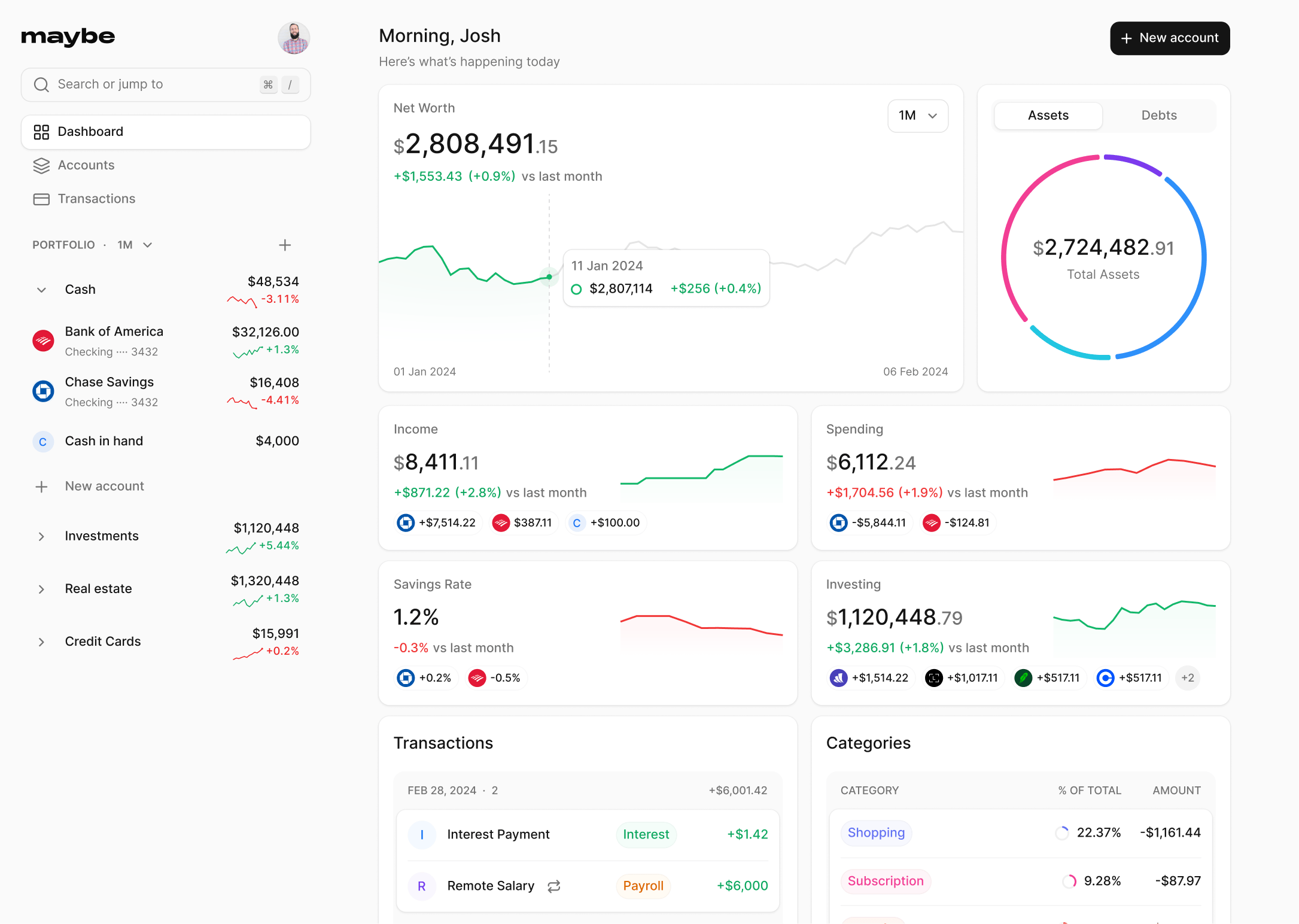Financial Terms / A - B / Bond
Bond
In simple terms, a bond is a loan that an investor gives to an issuer (borrower), such as a corporation or a government. In exchange for loaning out their money, the investor receives interest on the borrowed capital, and the issuer can use the borrowed money to fund their operations.
Based on the issuer you are lending your money to, bonds can be classified into several categories: government (treasury) bonds, municipality bonds, agency bonds (issued by specific government agencies), and corporate bonds.
Discover more financial terms
Join the Maybe  waitlist
waitlist
Join the waitlist to get notified when a hosted version of the app is available.
